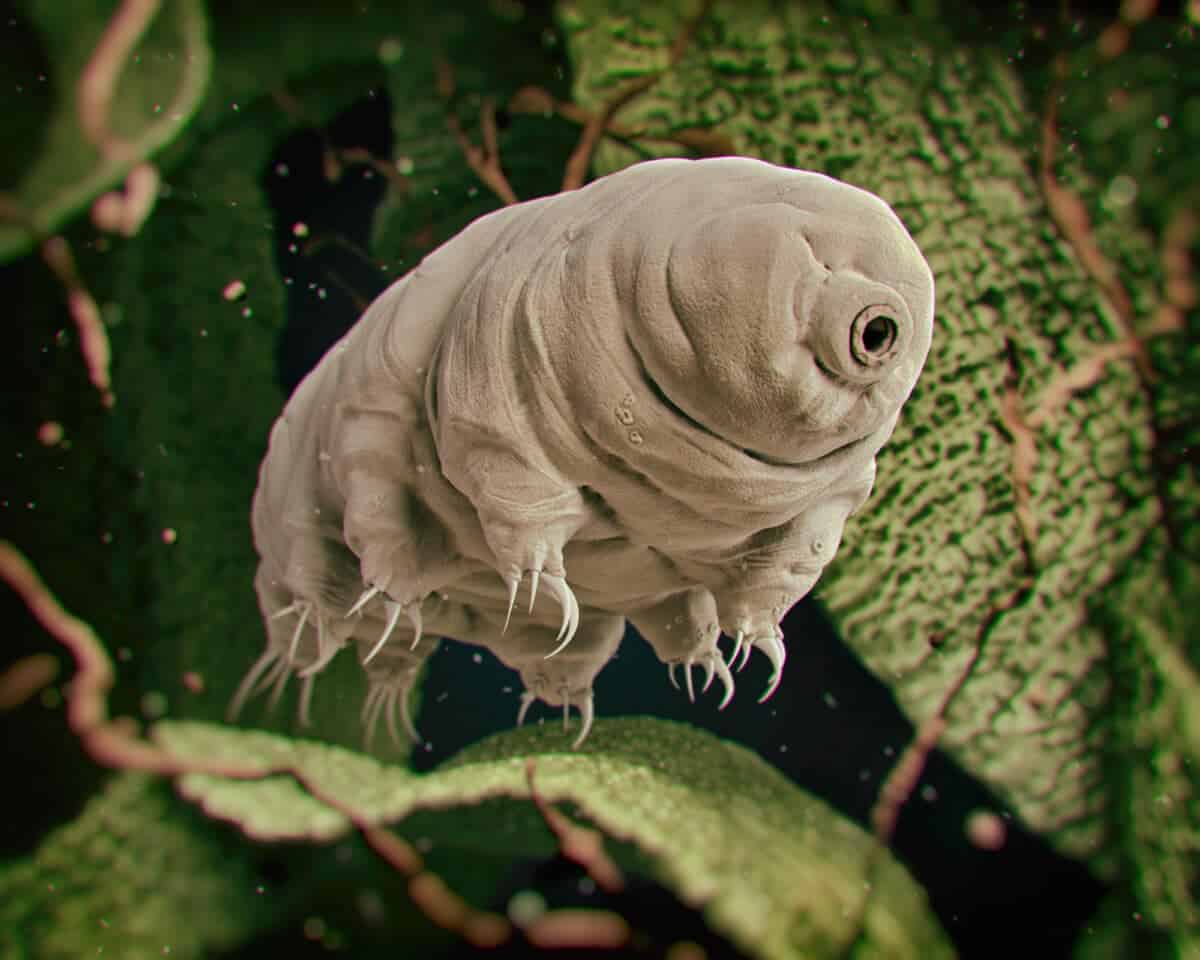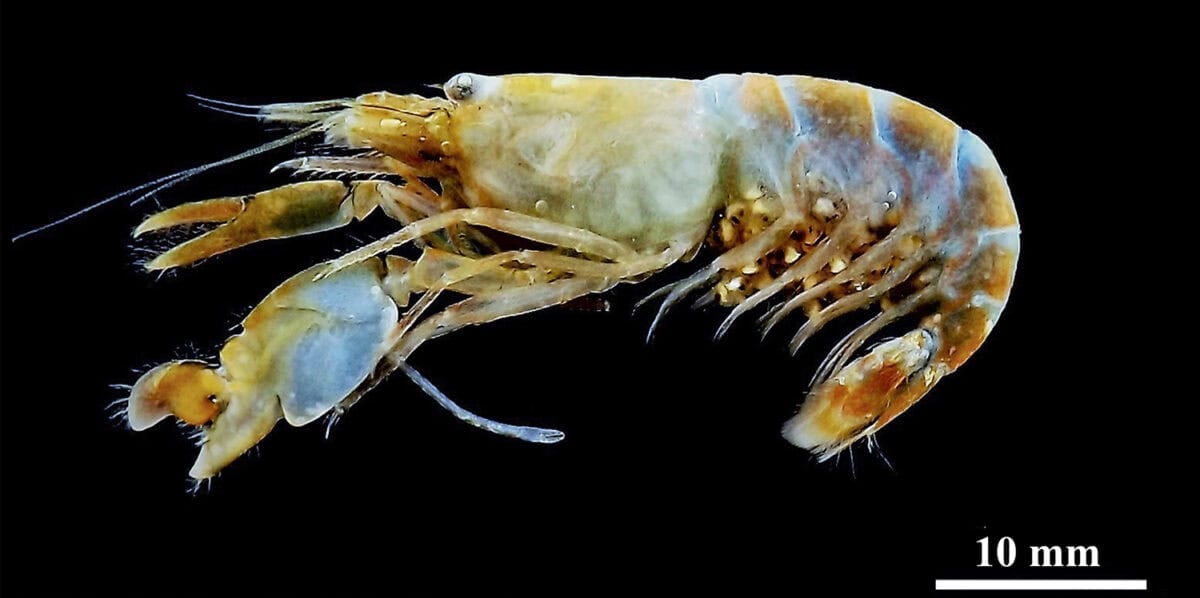Animals are fascinating creatures, each with unique adaptations that allow them to exist in their own environments. Among these, some animals possess traits that seem more like superpowers than natural abilities. These bizarre abilities defy logic and capture our imaginations. From shapeshifting octopuses to self-regenerating salamanders, join us as we delve into the weirdest animal superpowers found in nature.
Cuttlefish: Masters of Disguise

Cuttlefish are often referred to as the chameleons of the sea due to their incredible ability to change color. These cephalopods use specialized skin cells called chromatophores to adjust their pigmentation in the blink of an eye. This allows them to blend seamlessly into their surroundings, evade predators, and communicate with each other.
Axolotl: The Regeneration Marvel

The axolotl, a type of salamander native to Mexico, has astounding regenerative capabilities. Unlike other creatures that can grow back limbs, axolotls can regenerate complex structures such as their spine, heart, and even parts of their brain. This has made them a focus of scientific research, as understanding their regeneration could have biomedical applications for humans.
Lyrebird: Audio Mimicry Extraordinaire

The lyrebird is a master of mimicry, capable of imitating natural and artificial sounds alike. Found in the forests of Australia, lyrebirds can replicate a wide range of noises, from chainsaws to camera shutters. This vocal mimicry is primarily used by males to attract mates, demonstrating their vocal prowess.
Tardigrades: Indestructible Survivors

Tardigrades, often known as water bears, are tiny micro-animals renowned for their resilience. These microscopic creatures can survive extreme temperatures, radiation, and even the vacuum of space. They achieve this through a process called cryptobiosis, where they dry out their bodies and enter a state of suspended animation.
Electric Eel: Living Power Source

The electric eel, native to the Amazon basin, can generate powerful electric shocks. These shocking abilities are used for hunting and self-defense. The eel’s body contains specialized cells called electrocytes that create a voltage difference, enabling them to discharge electricity into their surroundings.
Basilisk Lizard: The Jesus Christ Lizard

The basilisk lizard earns its nickname, the “Jesus Christ lizard,” from its ability to run across water. This impressive feat is possible due to its unique locomotion, which uses speed and specialized foot fringes to create tiny air pockets, allowing it to dash along the surface of water bodies.
Mantis Shrimp: The Punching Boxer

Mantis shrimp are known for their extraordinary punching power. Their club-like appendages can strike with the velocity of a speeding bullet, making them one of the fastest and most powerful predatory strikes in the animal kingdom. This ability allows them to crack open hard shells of prey like crabs and clams.
Star-Nosed Mole: The Super-Sniffer

The star-nosed mole, a small mammal native to North America, possesses a highly sensitive snout. This star-shaped organ contains thousands of tiny nerve endings, making it one of the most sensitive touch organs in the animal kingdom. This allows the mole to detect prey in total darkness with astonishing speed and accuracy.
Octopus: Shape-Shifting Escape Artists

Octopuses are renowned for their intelligence and their remarkable ability to squeeze through tight spaces. Thanks to their soft, boneless bodies, octopuses can contort themselves in amazing ways, escaping predators and predators through the smallest crevices, earning them a reputation as escape artists of the sea.
Bombardier Beetle: The Chemical Cannon

The bombardier beetle has a unique defense mechanism that involves spraying a hot, noxious chemical spray from its abdomen. The beetle mixes chemicals in its body that, when combined, produce a rapid exothermic reaction. The resulting hot spray deters predators, showcasing an unusual use of chemistry in the animal kingdom.
Immortal Jellyfish: The Eternal Life Cycle

The Turritopsis dohrnii jellyfish is often referred to as the “immortal jellyfish” due to its ability to revert to its juvenile form after reaching adulthood. When exposed to stress or damage, this jellyfish can undergo a process called transdifferentiation, essentially resetting its biological clock and starting life anew.
Pistol Shrimp: The Sonic Boom Creator

The pistol shrimp, also known as the snapping shrimp, can create a powerful sonic boom underwater. It snaps its claw shut so rapidly that it generates a bubble moving at such speed it produces an intense sound and a burst of light. This ability is used to stun or kill prey, making the shrimp an adept hunter.
The natural world is full of creatures with abilities that defy our expectations and push the boundaries of what we thought possible. From mimicking sounds to regenerating body parts, these animals showcase nature’s ingenuity and wonder. As we continue to study and understand these extraordinary traits, they may inspire innovations and applications in our daily lives, reminding us of the limitless possibilities that lie within the natural world.
- How Filmmakers Capture Elusive Animals on Camera - August 24, 2025
- 12 Venomous Snakes Adapting to New Environments - August 24, 2025
- How Some Fish Can Breathe Both Underwater and on Land - August 24, 2025

